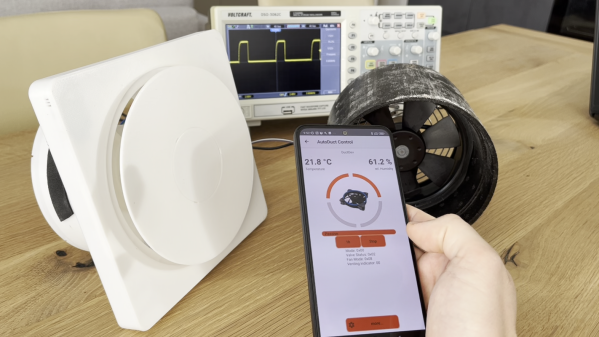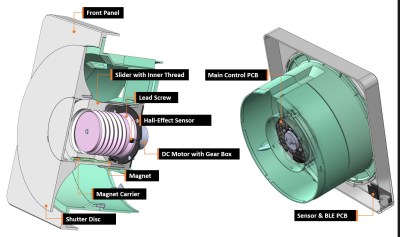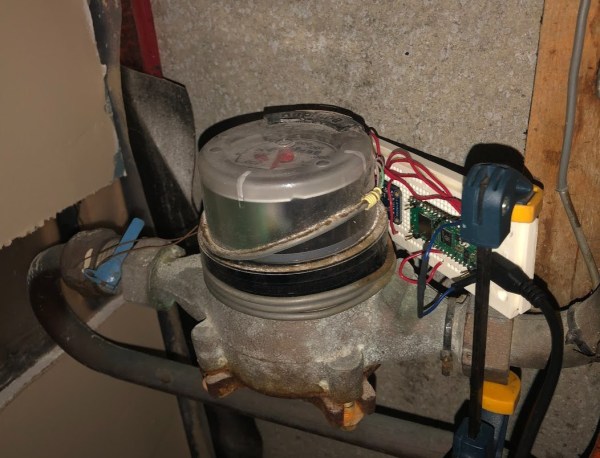The annoying thing about commercial smart home gear is its lack of interoperability. HomeAssistant is very flexible though, and it’s easy to use all kinds of gear—even stuff you bodge together yourself. [Jeff Sandberg] demonstrates that ably with his project to use ancient 1990s burglar alarm sensors in his modern smarthome setup.
The sensors in question are from an old GM Interlogix security system. The sensors themselves sit on doors or windows. They use magnets and a reed switch to sense if the door or window is opened. If so, they send out a radio message saying as much. All [Jeff] had to do was catch those messages and translate them for HomeAssistant.
To listen in on the sensors, [Jeff] employed a Nooelec NESDR—a software defined radio that could pick up the 319.5 MHz signals. The NESDR runs a tool called RTL_433, which can decode the sensor signals, and spit out MQTT messages to interface with HomeAssistant.
Much of the hard work was done already for [Jeff]—he just had to lace together the components. This is just a testament to the hard work by people in the HomeAssistant and SDR communities for figuring all this out and putting the tools online.
We’ve seen some neat HomeAssistant builds before, like this neat home control terminal. If you’re cooking up your own smarthome hacks, don’t hesitate to let us know!





















